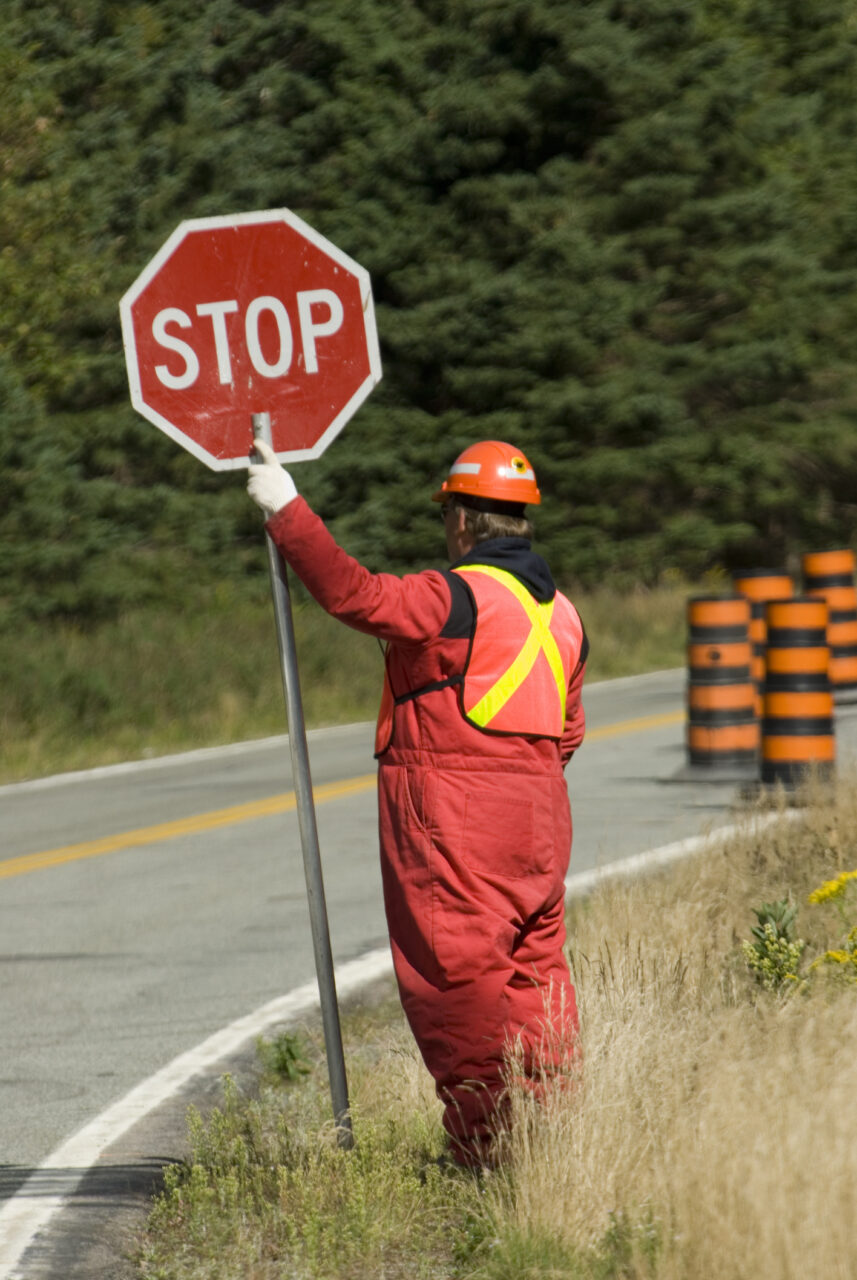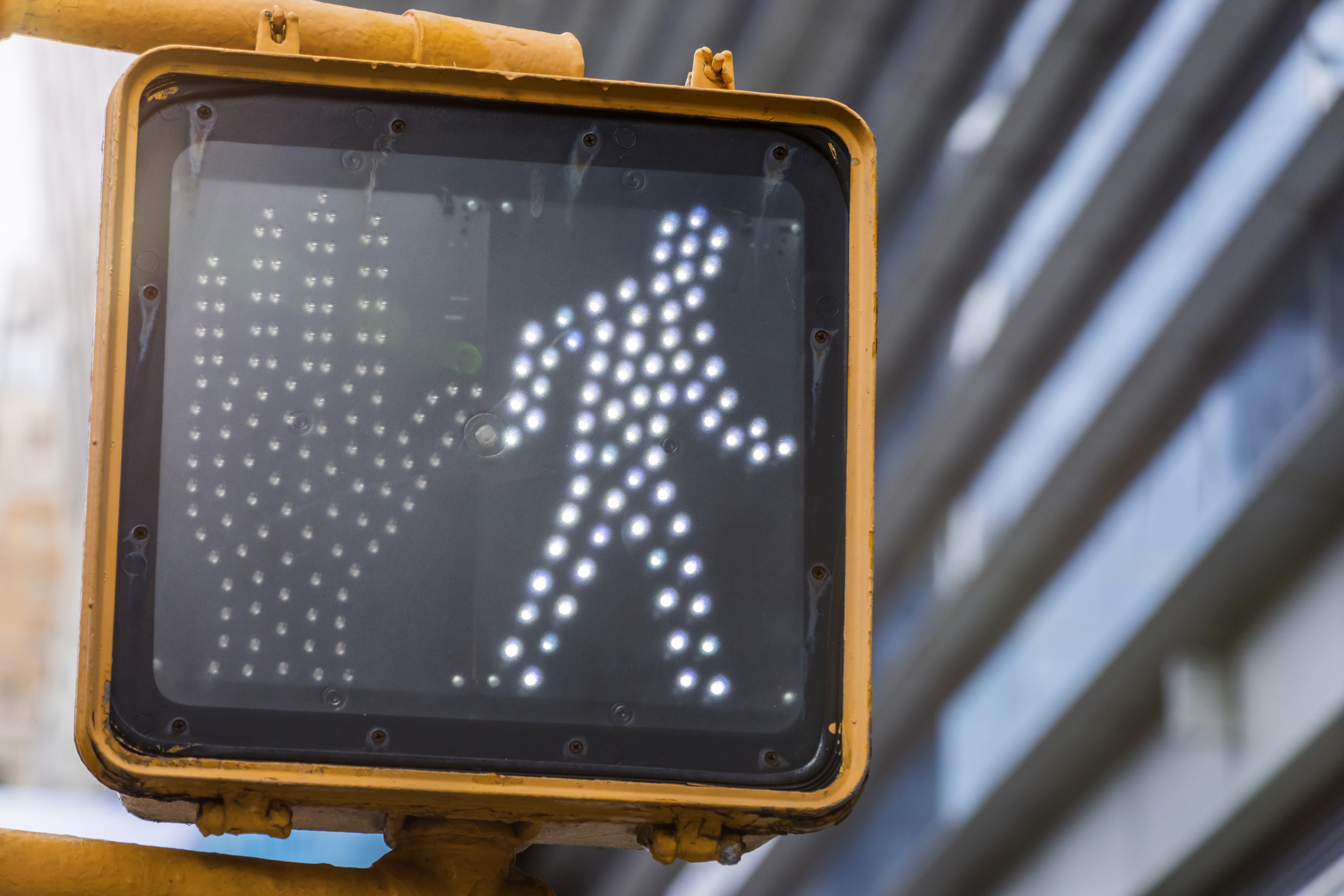Authored by Kristin Rosenthal, M.Ed., MCHES, a pedestrian safety subject matter expert in the National Highway Traffic Safety Administration’s Office of Safety Programs, Safety Countermeasures Division
October marks National Pedestrian Safety Month, and every city, town and village can play a role in improving the safety of their residents in new ways.
For Springfield, Missouri, the city saw an urgent need to improve pedestrian safety after 74 pedestrian crashes were reported in 2016 — a 25% increase from 2014. Sadly, this also included 10 fatal crashes involving a pedestrian between 2014 and 2016.
The city — propelled by traffic safety experts at the Springfield Public Works Department — then worked diligently over seven years to keep safety first, conducting studies and developing an initiative to better protect pedestrians.
To start, the city’s traffic engineering division examined police-reported crash data and found driver failure to yield to pedestrians in crosswalks was a contributing factor in more than half of all pedestrian crashes. They also completed a study on crosswalk compliance and found only 25% of drivers in Springfield were yielding to pedestrians. That was a guiding data point to take the next step.

To address the yielding safety challenge, Springfield applied for a grant with the Missouri Department of Transportation to fund the creation of a pedestrian safety program, Springfield Yields (or SGF Yields). They are embracing the idea that everyone shares the responsibility for road safety — including those who plan, design, build, operate and use the roads and crosswalks. They are putting the safe system approach into action — a key part of the U.S. Department of Transportation’s National Roadway Safety Strategy.
Springfield is now seeing results. Since launching SGF Yields in 2017, the city has more than doubled driver compliance rates at crosswalks and halted the upward trend in pedestrian crashes. Today, the wide-ranging pedestrian safety awareness program focuses on several key strategies, including:
- Education: Informing the public of traffic safety via social media and outreach campaigns to foster a pedestrian-friendly mindset in the community. Mr. Walker, a life-sized, neon yellow pedestrian statue, also helps to reinforce crosswalk safety and awareness.
- Evaluation: Regularly reviewing driver compliance at crosswalks and evaluating the impact of newly added enhancements to identify locations in need of improvement.
- Engineering: Installing rectangular rapid-flashing beacons, curb extensions, road diets, refuge islands, nonslip sidewalk decals and other features to improve crosswalk safety.
- Enforcement: Implementing high-visibility crosswalk enforcement and decoy officers at sidewalks, modeled after the National Highway Traffic Safety Administration’s how-to guide.
- Encouragement: Using social norming to educate drivers to recognize crosswalk signs and look for pedestrians. For example, an October Lantern Walk is organized during Pedestrian Safety Month to educate the community about crosswalk safety, right-of-way laws and useful safety tips.
- Equity: Using empathy to discourage “us versus them” attitudes between drivers and pedestrians, and highlighting programs such as Pedestrian Dignity and Use Your WITS to provide the public with a holistic view of the dangers, especially to those experiencing economic hardships or homelessness.
- Policy: Promoting policies that improve pedestrian safety, including a city-code amendment known as the “3-Foot Rule,” which requires drivers to yield to pedestrians within 3 feet of an uncontrolled crosswalk. Springfield also added the White Cane Law, requiring drivers to yield to pedestrians with a cane or service dog.
For cities like Springfield, pedestrian safety is a shared responsibility that involves everyone — not just drivers and pedestrians.
Find Out More
- To learn more about Springfield’s program, visit SGF Yields: A Pedestrian Safety Program. Communities interested in launching their own version of the program can visit SafeAcross.com for free access to a comprehensive toolkit.
- For those looking to raise awareness for pedestrian safety during October and year-round, visit NHTSA’s Traffic Safety Marketing for helpful materials, including the Community Resource Guide and the Pedestrian Safety Countermeasures That Work.
- NHTSA’s Pedestrian Data Visualization also provides detailed statistics on pedestrian fatalities in all 50 states and Puerto Rico.
Safety First Challenge for Safer Streets
America loses more than 100 people each day in traffic crashes. To change these tragic numbers, cities, towns and villages can act individually and with our partners to save lives. Learn more about how your community can take action.










